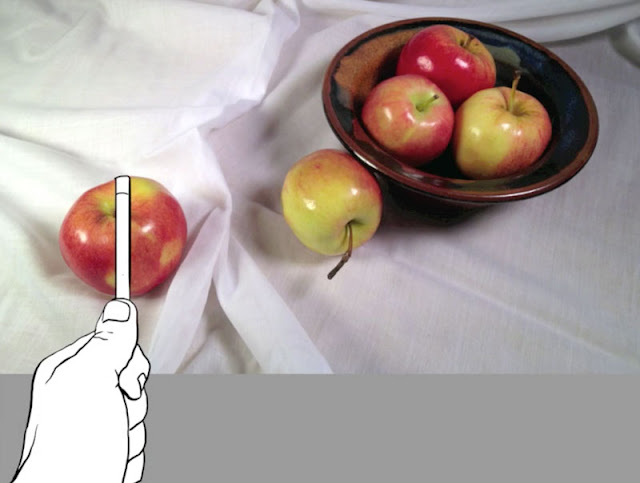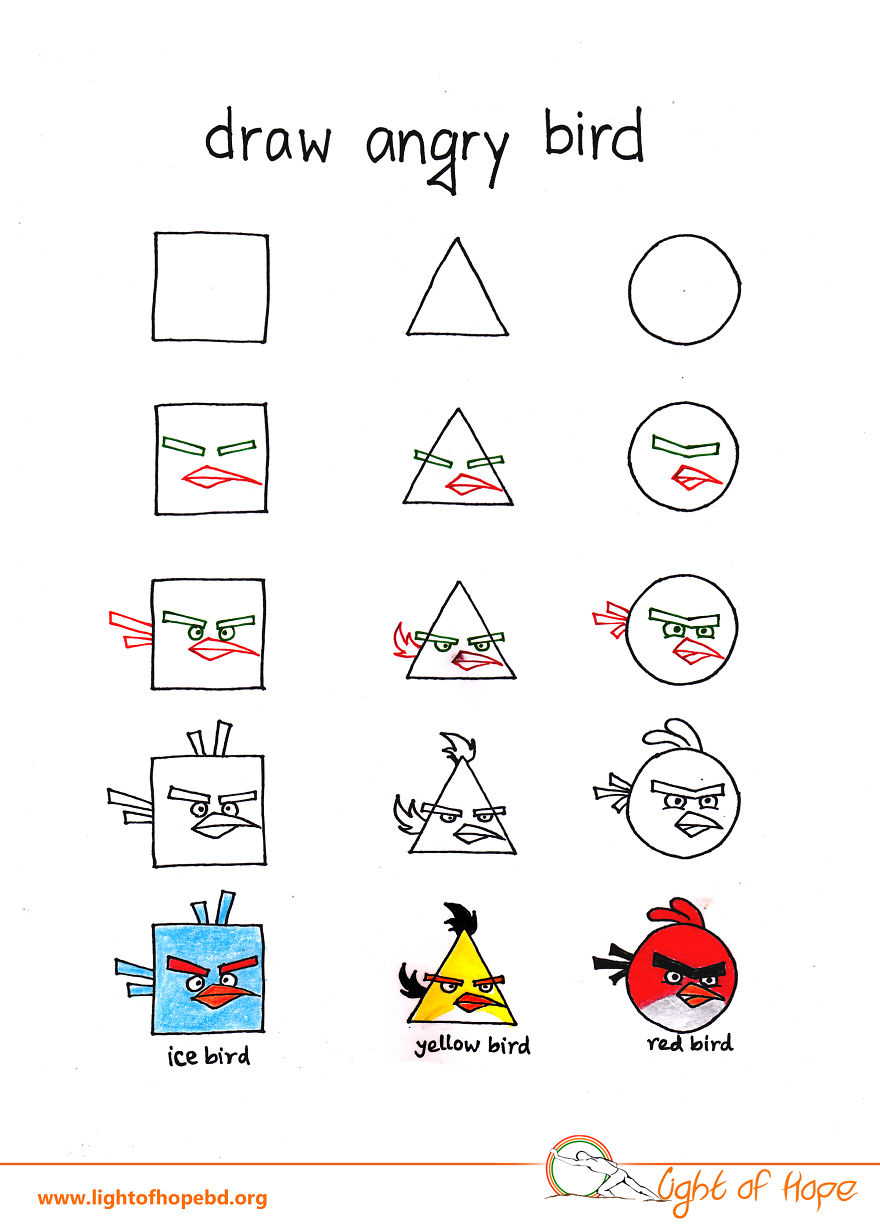Proper Proportions of Figures and Objects

Drawing Techniques For Accuracy Drawing is about observation. And if you want to improve your drawing skills, then you must focus on how you see the subjects that you draw. It seems simple enough – “draw what you see”. We’ve all heard it before and it is a fine suggestion because it does work. We do need to draw what we see. But if you don’t know what to look for, or perhaps more importantly – how to look for it, then this statement can be frustrating. Fortunately, there are several techniques we can use to help us see – thus helping us to improve our drawing. These seven techniques are designed to improve your accuracy in your drawings. They aren’t a perfect solution and they do require a bit of practice in order to master them. But keep in mind that drawing is a skill that can be attained by anyone if they are willing to put in a little work. Each technique is briefly discussed below with links to detailed lessons on the subject. 1. Sighting / Measuring We can use “tools” to ...




